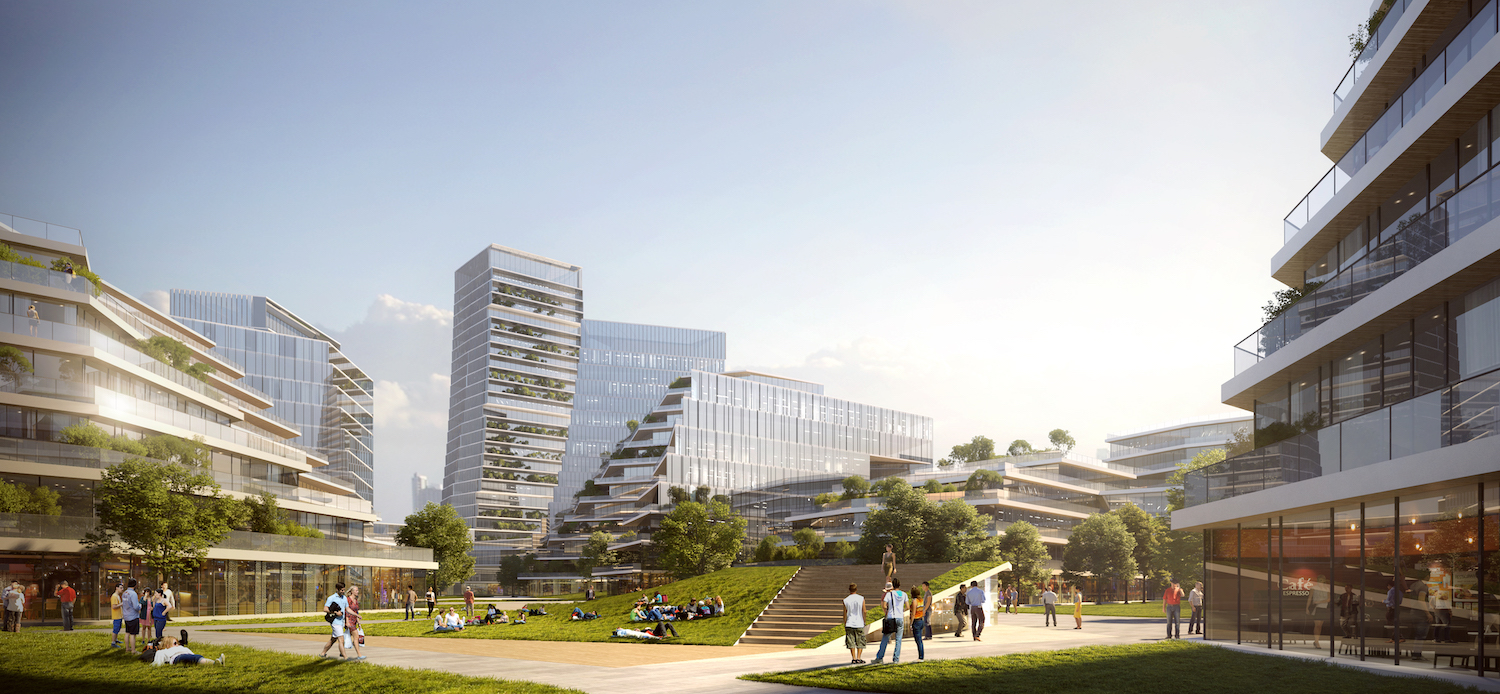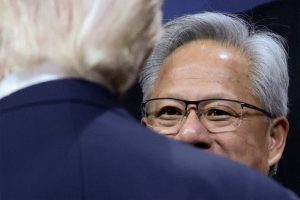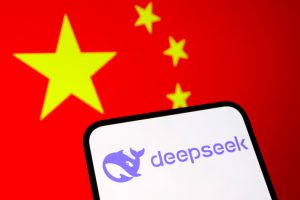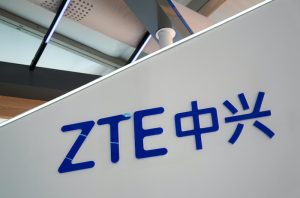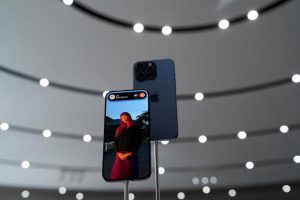(ATF) At the 2020 World Computer Conference held in Changsha in China’s Hunan province this week, a Huawei vice president outlined the telecom giant’s strategy to create systems under the umbrella of government plans to merge technologies, media, user devices and state services accessed and provided via the Net.
The ultimate goal is for citizens to have one device that combines the Internet of Things, user data, government, media information and more. As China has a habit of leapfrogging in global technology developments, the “Huawei solution” will be of major significance, as they are the preferred supplier of the Chinese government.
Despite being hit hard by US sanctions, Huawei has been leading China’s circling of the wagons as globalisation and international supply chains are going through a period of tremendous flux.
The Asia Eight: Daily must-reads from world’s most dynamic region
Senior Vice President of Huawei, and head of Cloud Computing, Hou Jinlong delivered a speech showing their overall plan to incorporate human bodies physically integrated into China’s “smart cities” under Chairman Xi’s New Era of a plugged-in society.
At the same event, the Changsha City Government, Hunan Xiangjiang New District and Huawei jointly unveiled the Hunan Artificial Intelligence Ecological Innovation Centre and the Cloud Innovation Laboratory to quickly promote a faster, better, and stronger development of the artificial intelligence industry in Hunan, and the rest of China.
Hunan and ground-breaking tech
Hunan, which was the home province of Chairman Mao, has been a long-time leader in popular television and other media in China. Due to their heritage and party allegiance, the province is considered a good testing ground for ground-breaking tech and media innovation. For example, it leads in animation, TV shows and ‘Red’ media.
Hou Jinlong said in his speech: “Intelligent upgrade is the key to the core competitiveness of every city, enterprise, and industry in the future, and the ‘smart body’ is the best way to achieve this goal. The smart body is the integration of cloud and network side-end collaboration. The intelligent system is the technical reference architecture for the intelligent upgrade of government and enterprises.
“We will work with customers and partners to create an open ecosystem of symbiosis, co-creation, and sharing, and leverage the advantages of technology and resources from all parties to help local enterprises in China to intelligently upgrade and realise the whole scenario – ‘Wisdom’ will create new value industry.”
As the digital economy is the mainstay of China’s economic growth plans, new digital and intelligent demands from the government and enterprises are constantly emerging.
Hou said that with in-depth integration of 5G, cloud networks, AI, computing and industry applications, these five “machines” would synergistically produce various ‘smart’ applications, accelerating the intelligent upgrade of government and business.
‘Making citizens happier, business more efficient’
Huawei will be offering all-in-one solutions to cover cities, enterprises and industries, which will integrate at a comprehensive urban governance level, make residents’ “happiness stronger”, make business production more efficient, and industry creativity stronger.
The tech giant has launched the first reference architecture of the “smart body” for an “intelligent” upgrade of government and enterprises. It is cloud-based with AI at its core. Through the deep integration of connectivity, cloud, AI, computing and industry applications, there will be four layers: ‘intelligent interaction’, ‘intelligent connection’, ‘intelligent hub’, and ‘intelligent application’.
‘Intelligent interaction’ is the “five senses” and “hands and feet” of the system, connecting the physical world and the digital world, allowing software, data and AI algorithms to flow freely on the edge of the cloud.
‘Intelligent’ connection is the “torso”, which realises seamless coverage and interconnection of everything, so as to allow application collaboration, data collaboration, and organisation collaboration.
The ‘intelligent hub’ is the brain and decision-making system of the ‘intelligent’ body, based on the cloud infrastructure, enabling applications, enabling data, and includes AI.
‘Smart’ applications will be built through collaborative innovation with customers and partners.
In the ‘intelligent body’ architecture, the core of the ‘intelligent hub’ is the hybrid cloud base and application enablement, data enablements, and AI enablement three enabling platforms; data is used as a production element to open up the entire value chain.
Computing power clusters
The Hunan Artificial Intelligence Ecological Innovation Center and Cloud Innovation Laboratory jointly announced by the Changsha Municipal Government, Hunan Xiangjiang New Area and Huawei said that Huawei hopes to build a public and diverse computing power platform by building computing power clusters such as artificial intelligence computing centers.
Aggregate enterprise innovation aims to empower industrial clusters with computing power clusters, to achieve an ‘intelligent’ upgrade of thousands of industries, and drive the development and growth of regional industries.
‘Intelligent’ upgrading is seen as a way to build up the core competitiveness of thousands of industries. Through deep integration of 5G, cloud, AI, intelligent edge, and industry applications, Huawei and partners will form an integrated ‘intelligent’ system to create an industry-leading experience.
‘Smart’ expressways
In the transportation industry, the cancellation of toll stations on provincial borders of expressways has enabled fast and non-inductive passage of vehicles, greatly improved passage efficiency and reduced logistics and transportation costs.
‘Smart’ cameras deployed on the highway gantry, collect vehicle traffic data 24 hours a day, and transmit the information back to the cloud in real time via a high-speed network for real-time billing. At the same time, the AI model trained in the cloud can also be pushed to the edge, so that the camera can have the capabilities of license plate recognition, vehicle feature extraction, and its abilities can continue to evolve. For example, the recognition under extreme weather such as rain and snow can be upgraded through the cloud with one click.
Hou said in the future, Huawei will continue to work with partners to build an open ‘smart’ ecosystem, to improve productivity and innovation capabilities, and boost urban governance, help residents’ lives, and make business production better through this fully integrated ‘smart’ system.




